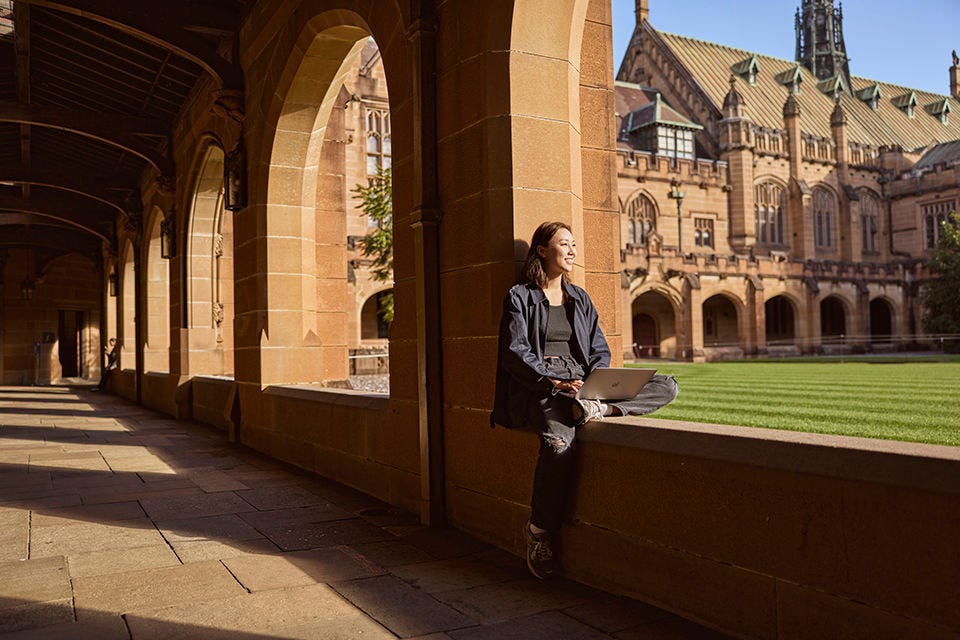
If you’re planning to apply for a scholarship to study in Australia, you have many options. There are scholarships offered by education providers, as well as public and private organisations. There are also Australian Government scholarship programs such as Australia Awards Scholarships and the Destination Australia Scholarship.
Each scholarship program will have its own application requirements, which could include: an application form, cover letter, video or interview. However, almost all scholarship programs will require a written application.
Here are some tips to help you write a strong scholarship application and cover letter – and stand out from the crowd!
1. Research the scholarship
Before you begin writing, research the scholarship you are applying for, including eligibility requirements, selection criteria and relevant fields of study. This will help you tailor your application to the scholarship being offered and make a stronger case for why you are the best candidate.
2. Writing the application
Plan
Start by making a list of all the information you need to include in your application. This might include your educational background, work experience, extracurricular activities and relevant skills.
Address the criteria
Selection criteria will be clearly outlined and used to assess your application, so address each one in turn. You will need to explain how you meet the criteria and note specific examples to support your claims. You could also add supporting documentation, such as written references and certificates.
Write clearly
Remember that the scholarship selection panel will be reading through a large pile of applications, so stick to the word limit and make it easy to read.
- Avoid being repetitive.
- Ensure your sentences are easy to understand – shorter is often better.
- Keep your paragraphs short and relevant.
- Use headings and bullet points.
State your case
Ask yourself what makes you stand out from other applicants. Why do you deserve this scholarship? If you can, give examples of your leadership skills, achievements, service to the community and your drive to succeed.
3. Write a great cover letter
Your cover letter is your chance to make a great first impression.
Introduce yourself
Start by introducing yourself and explaining why you are interested in the scholarship.
Craft a compelling personal statement
Showcase your personality, values, and goals. Start by outlining your motivation for applying for the scholarship.
Be specific
Write about your qualifications and how the scholarship will help you achieve your goals. Also, mention any relevant skills, awards or experiences that make you an ideal candidate. Use specific examples.
Keep it relevant
When you highlight your strengths and achievements, keep them relevant to the theme of the scholarship and the selection criteria.
Address your long-term goals
Outline how this scholarship would support your vision for the future. Are there people you want to help? Can you bring this knowledge back to your country and make an impact? Discuss your long-term goals and how the scholarship will help you achieve them.
4. Proofread your application
Before submitting your application, proofread it carefully. Look for any spelling or grammatical errors. You could also ask a friend, family member or teacher to review your application and provide feedback.
Tip: Use a grammar checker such as Grammarly.
5. Submit your application on time
Be sure you make the deadline!
Try to submit your application early if possible. This gives the scholarship selection panel time to contact you if there is any information missing from your application.
Search for scholarships
Use our scholarships search tool to find out what scholarships you might be eligible for.
By following the above tips, you can create a strong scholarship application and cover letter that will help you stand out from the competition.
We hope to see you here in Australia soon. Good luck!


